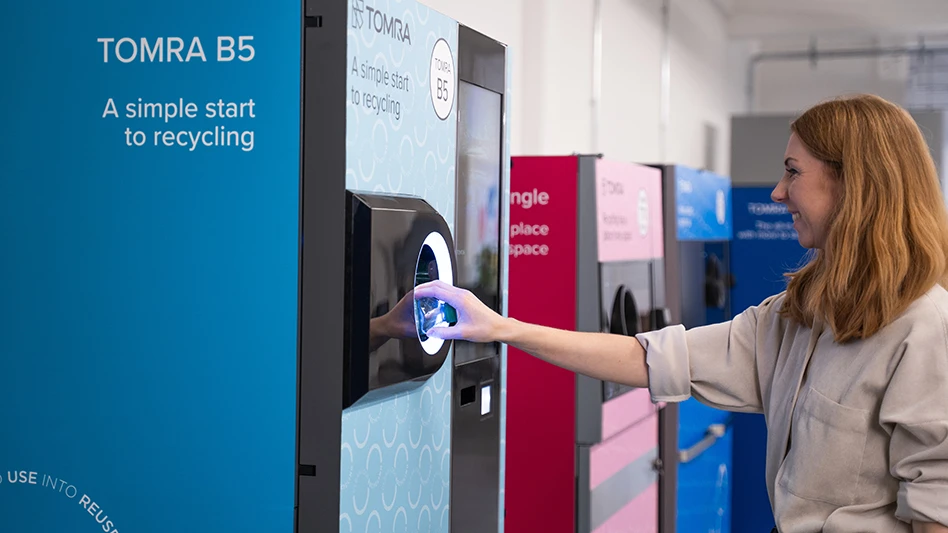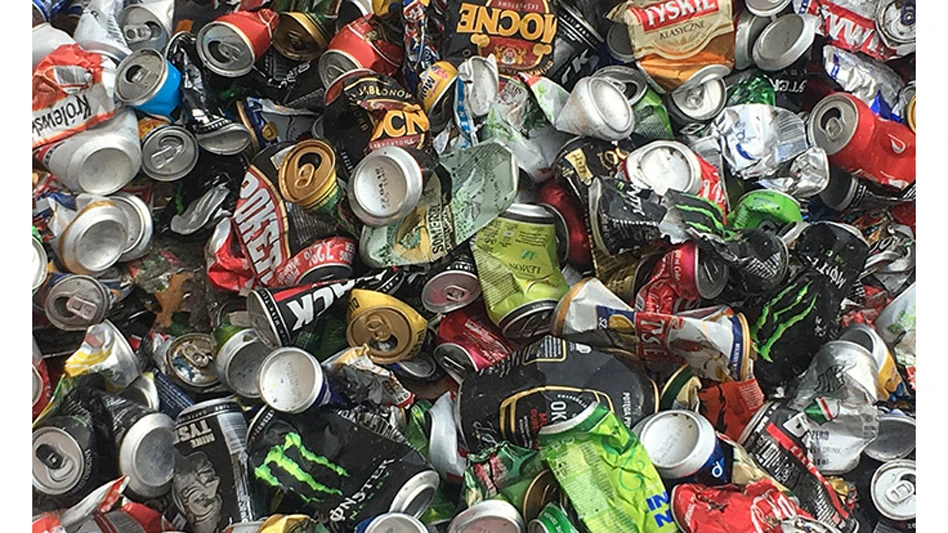
Photo provided by Dreamstime
Steel buyers in the United States turned to overseas producers in October at a pace 7.2 percent higher than the previous month, according to U.S. Census Bureau data collated by the Washington-based American Iron and Steel Institute (AISI).
AISI says the U.S. imported slightly more than 2.4 million tons of steel in October, including more than 1.95 million tons of finished steel. Compared with the previous month, total steel imports rose by 7.2 percent and finished steel imports rose by 5.1 percent.
In October, the largest suppliers of imported steel were Canada (560,000 tons, up 4 percent from September); Mexico (420,000 tons, up 34 percent); South Korea (202,000 tons, down 34 percent); and Brazil (202,000 tons, up 7 percent).
During the 12-month period from November 2021 to October 2022, those four nations have been the largest suppliers of imported steel, with Japan finishing in fifth place. Russia is listed as supplying zero tons of steel in either September or October while China supplied less than 80,000 tons to the U.S. market in both months.
AISI says “key steel products with a significant import increase in October compared to September” included: heavy structural shapes (up 94 percent); cut length plates (up 21 percent); hot rolled bars (up 20 percent); wire rods (up 20 percent); and ingots and billets and slabs (up 18 percent).
Ferrous scrap prices in the U.S. have been on a downward trajectory for about seven months, with declining domestic steel output among the factors.
Latest from Recycling Today
- ReMA urges open intra-North American scrap trade
- Axium awarded by regional organization
- China to introduce steel export quotas
- Thyssenkrupp idles capacity in Europe
- Phoenix Technologies closes Ohio rPET facility
- EPA selects 2 governments in Pennsylvania to receive recycling, waste grants
- NWRA Florida Chapter announces 2025 Legislative Champion Awards
- Goldman Sachs Research: Copper prices to decline in 2026





